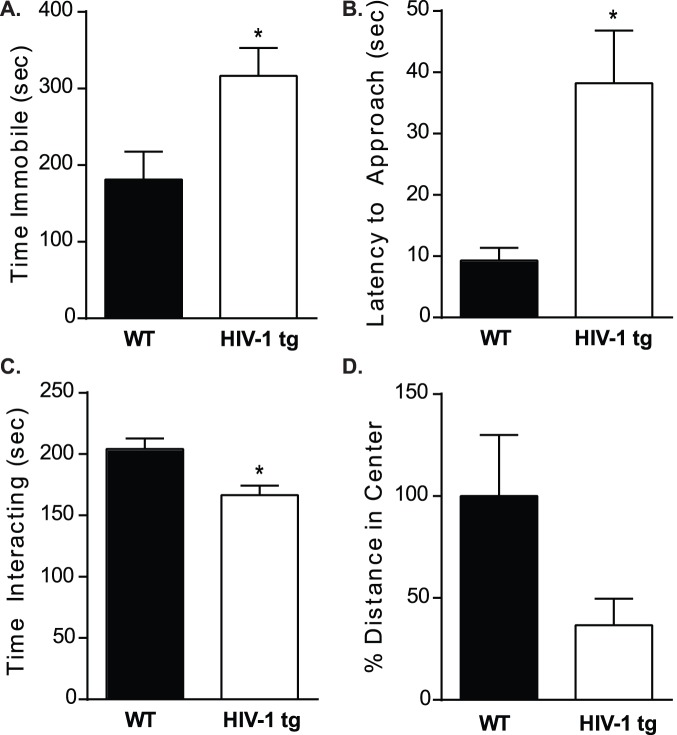Figure 1. Rats were assessed in a battery of behavioral tests of depressive- and anxiety-like behaviors.
A,B) In the forced swim test, latency to first immobile bout was not different between WT and HIV-1 tg rats (p>0.05); but HIV-1 tg rats spent significantly more time immobile in the test relative to WT controls. To measure social interaction, WT and HIV-1 tg rats were presented with an age-matched stimulus conspecific and allowed to interact for 10 minutes. C,D) HIV-1 tg rats had a greater latency to approach the stimulus animal (*p<0.05) and spent less total time interacting, relative to WT controls. The open field paradigm was used to assess anxiety-like behaviors over a 10 minute period. Total distance traveled as well as distance traveled in the center was recorded. E) Total activity was unchanged between WT and HIV-1 tg rats as measured in 75 cm×75 cm arena during the open field test (p>0.05). F) Compared to WT controls, HIV-1 tg rats showed decreased activity in the center of the open field suggestive of increased anxiety-like behavior. For all, *p<0.05 and data are presented as mean ± SEM.

